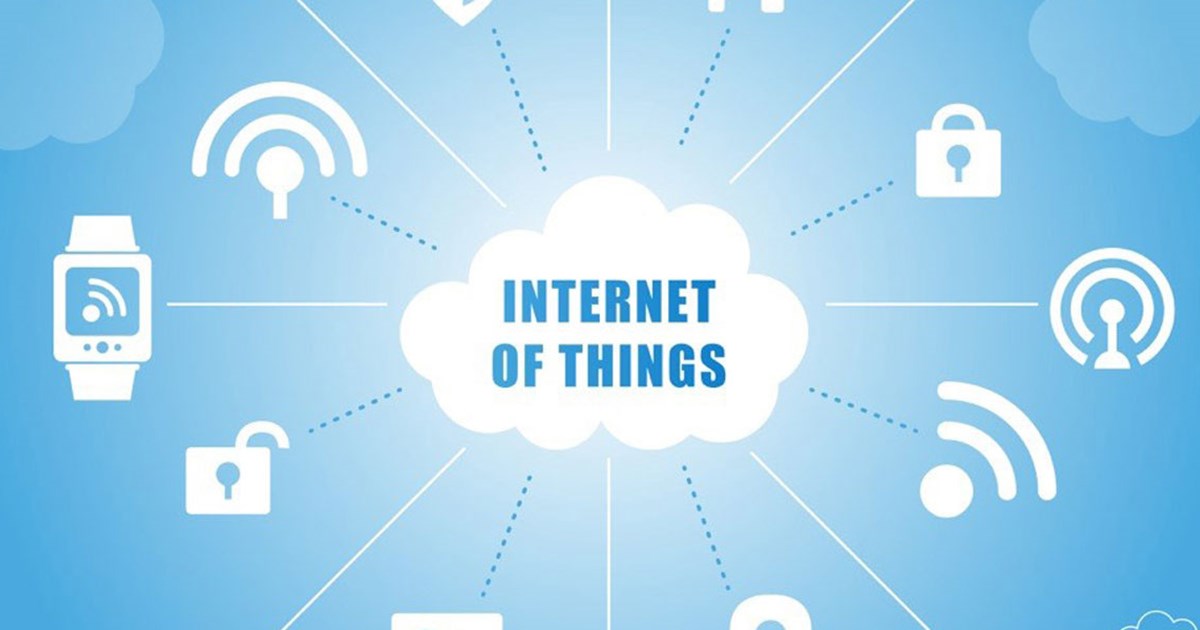RFID Reframes the Future of Retailing

In 2002, when Tom Cruise walked through a futuristic shopping mall in the movie Minority Report, it felt like we were watching a sci-fi film, which in effect we were as it is set in 2054.
However we appear to be ahead of our own time as that same shopping experience is not too different from our current one. Back in 2002 the very idea of touch screen technology seemed outlandish, 13 years on and nothing seems more normal.
In this respect we can compare ourselves to those who lived through the beginning of the Industrial Revolution. They knew they were on the cusp of exciting developments, yet could they predict that their new steam-driven machines would eventually lead to the concepts of mass production, mass consumption and mass marketing? Did the first car designers realize that they were also going to make the out-of-town superstore inevitable? Probably not.
RFID is just one example of how technology is spawning behaviors, markets and entire business models that make the likes of Minority Report look more like a documentary.
RFID (Radio Frequency Identification) is a method of uniquely identifying items using radio waves. A reader sends an interrogating signal to a tag via an antenna, and the tag responds with its unique information.
While most RFID tags are passive devices, some contain their own power source and may operate hundreds of meters from the reader. Now anything from a single component to a fully constructed vehicle can be tracked, turning the likes of an assembly line into a dynamic, automated process.
Which is precisely why RFID is rapidly becoming an invaluable part of the supply chain. Up until recently, as an object moved through the supply chain, its information was not automatically updated and it certainly could not be easily tracked. In effect there was no link between the object and its information. RFID has changed that by connecting the physical world with the digital world, recording the identity, location and status information of a moving object in real time. This has led to RFID being called the “Internet of Things.”
By being able to connect everything that exists physically to the Internet through the application of ubiquitous tags and sensors, we are entering a phase when everything down to a single product on a grocery shelf can have a unique digital identity. Once the concept is understood, it is easy to see how it can be applied to any industry from automotive to FMCG, pharmaceutical to distribution.
Just imagine filling a supermarket trolley to the brim and then simply walking straight past the checkout and to the car. This is very much what the future will look like when RFID becomes more embedded in our everyday lives. The bar code we currently utilize will be replaced by RFID tags which will talk directly to the networked system to track every product that is in the shopping cart. This information will then go to the retailer who passes it automatically onto the bank who deducts the required amount from your account. Suddenly the whole shopping experience becomes streamlined and pleasurable!
Which is why we are very proud to have taken part in the evolution of this technology. It started in 2000 when a study for the commercial uses of RFID was launched at MIT (Massachusetts Institute of Technology), for which our parent company, YFY, was the founding member and sponsor.
As Tom Cruise’s character in the movie confirms, we have only just started venturing into the unknown, the next decade will most definitely demonstrate the game-changing value of RFID.
Creative Packaging Services
Latest Blog Posts
